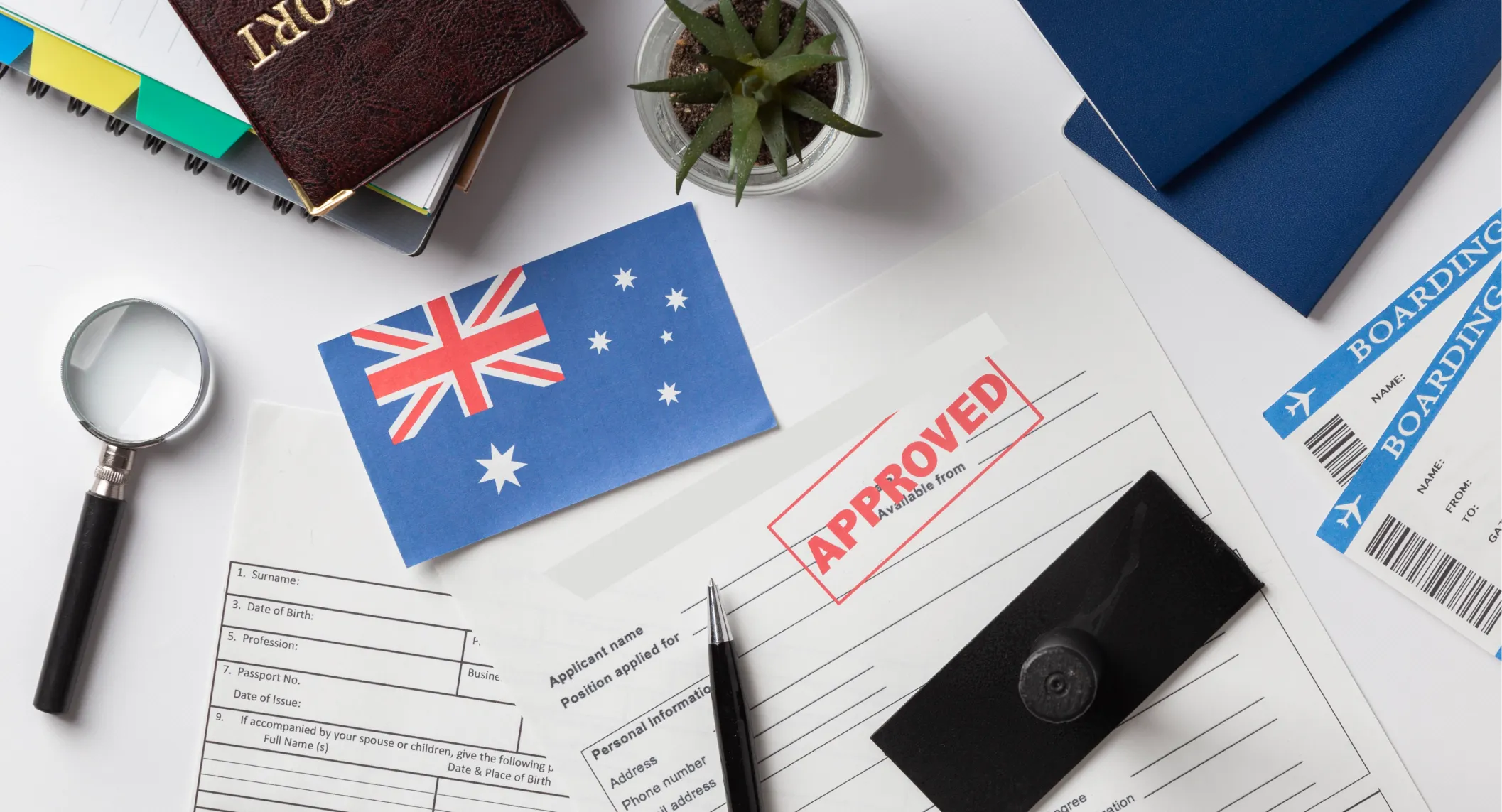
If you've recently searched for 'proof of remittance' in Australia, you're not alone. This term is a hot topic, especially for people managing finances across borders. Whether you're a business owner, an international student, or an individual sending money to family overseas, understanding proof of remittance is crucial. Let's break down what it is, why it's important, and what documents you'll need.
A remittance is simply a payment, often an international one. So, proof of remittance is a document that serves as evidence that a payment was made or is about to be made. It's not just a receipt; it's a formal record of a financial transaction that includes important details like the sender and recipient's information, the amount transferred, the date, and the purpose of the payment.
It's important to distinguish between proof of remittance and remittance advice. Remittance advice is a document a customer sends to a supplier to notify them that a payment has been made. While it helps with record-keeping, it's not official proof of payment. For formal purposes, like audits or government requirements, you'll need a more official document, such as a bank statement or a transfer receipt.
In Australia, proof of remittance is a vital document for several reasons, primarily for compliance and financial transparency.
Tax and Auditing
Both individuals and businesses may need proof of remittance to verify payments for tax purposes. For example, if you're a business paying an overseas supplier, this document helps you reconcile your accounts and proves that the transaction was legitimate.
Regulatory Compliance
Financial transactions in Australia, particularly international ones, are subject to strict regulations to combat money laundering and terrorism financing. The Australian Transaction Reports and Analysis Centre (AUSTRAC) is the government agency responsible for this. Banks and remittance service providers are legally required to report certain transactions and may ask for proof of remittance to comply with these rules.
Dispute Resolution
In the event of a dispute or an issue with a transfer, your proof of remittance is your key piece of evidence. It shows that you initiated the transaction as intended, which can be critical for recovering lost funds or resolving discrepancies.
The type of document that serves as proof of remittance can vary depending on the financial institution and the nature of the transaction. However, here are some commonly accepted documents:
Remember, if you're ever asked to provide proof of remittance, the requesting party is likely looking for transparency and confirmation of the transaction. Having these documents readily available can save you a lot of time and hassle, ensuring your financial dealings are above board and properly recorded.
Want to see how a ready-made platform can accelerate your growth?
Book a demo or consult with us at RemitSo today to see how our platform can power your growth.
A payment receipt is usually issued to acknowledge that a payment has been made. Proof of remittance, however, is a more formal record that includes key transaction details such as sender and recipient information, transfer amount, date, and purpose. It’s often required for audits, tax purposes, or regulatory compliance.
Yes! An official bank statement showing the completed transaction is widely accepted as proof of remittance. Make sure it clearly shows the sender, recipient, amount, and date of the transfer.
A SWIFT MT103 is an international payment confirmation message used for wire transfers. It contains detailed transaction information and is considered one of the most reliable proofs of remittance, especially for cross-border payments.
It depends. For personal remittances, it’s not usually mandatory unless requested by banks or regulatory authorities. However, keeping proof of remittance is always recommended to avoid disputes or delays.
For businesses, it’s recommended to keep them for at least 5–7 years for tax and auditing purposes. Individuals should retain them for at least 1–3 years, especially for large or international transactions.

